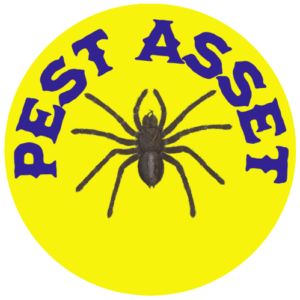Bed Bugs: A Guide to Identification, Treatment, and Prevention
Introduction
Bed bugs (Cimex lectularius) represent the most challenging home pest plaguing much of North America presently. After near eradication in the 1940s, global travel and bans on effective pesticides facilitated an explosive resurgence driving upwards of $1 billion in treatment costs and immeasurable discomfort [1]. These cryptic insects conceal themselves maddeningly within bed frames, furniture and even electronics to feed on human blood at night.
Identifying Bed Bugs
Bed bugs exhibit oval-shaped, flattened rust-colored bodies reaching 1⁄4 inches long when engorged with blood. Nymphs appear nearly colorless except after feedings. These wingless nocturnal insects easily traverse bedding and flooring on tiny claw-tipped feet. They utilize piercing mouthparts to painlessly extract and ingest multiple blood meals for nourishment. Reactions manifest days after bites when welts and intense itching skin reactions finally emerge.
The key bed bug identification sign involves noticing them early before populations escalate into the hundreds freely wandering walls, mattresses and box springs. Concentrate inspections where bed bugs harbor:
- Tufts, seams, folds of mattresses and box springs
- Backside of headboards
- Nightstand and end table drawers/back panels
- Behind wall hangings and electrical plates
- Inside sofas, chairs and cushions
Dark specks representing dried excrement often amass in these areas too but remains overlooked until heavy infestations exist. A musty odor from concentrated waste secretions provides another subtle clue to early emerging bed bug presence.
Treating Bed Bugs
Professional bed bug elimination requires intensive mechanical, thermal and chemical control tactics due to their extensive chemical resistance. Failing “do-it-yourself” attempts using retail store aerosols more often exacerbate infestations. Bed bugs everywhere from harborage to hatching sites must undergo direct elimination otherwise populations rapidly bounce back through exponential reproduction of eggs surviving attempts localized just to sleeping areas.
Combining non-chemical means like heat chambers for smaller items along with Whole Room Heating systems where actual temperatures inside walls and furniture must exceed >122°F. This reliably kills all stages. Insecticide formulations like desiccant dusts applied into wall voids and durable residual liquids sprayed onto less sensitive surfaces effectivelyprovide additional control when properly combined alongside diligent preparation and post-treatment measures [2].
Preventing Bed Bugs
Guarding against bed bugs begins with recognizing their talents hiding in suitcases, furniture, clothing and more accompanying travelers everywhere:
- Thoroughly examine all luggage seams, zippers and pockets for signs of bed bugs before unpacking items entering your home after travel.
- Scrutinize estate furniture, refurbished mattresses and secondhand fabrics closely first. Discard any items showing viable bugs or eggs.
- Install mattress encasements wraps securing seams to deter bedbug migration on/off beds.
- Arrange furniture keeping all items pulled 6+ inches from touching walls. This limits movement and hiding spots.
- Inspect used furniture for authenticity seals verifying new or proper sanitation was completed first.
Being proactive prevents costly bed bug situations down the road!
Conclusion
Gaining the upper hand over bed bugs requires early recognition through improved monitoring paired with rapid deployment of specialized elimination tactics directly targeting harborage areas used across their life stages. Stopping them demands experienced hands familiar with the comprehensive processes and pesticide tools best suited to safely meet the challenges bed bugs pose in residential settings. Combining diligent prevention and relying on expert treatment exactly when first noticed promises the highest probability for decisive control.
References
[1] https://www.epa.gov/bedbugs/learn-about-bed-bugs
[2] https://www.cdpr.ca.gov/docs/pestmgt/pubs/childcare/how_control_bds.pdf



